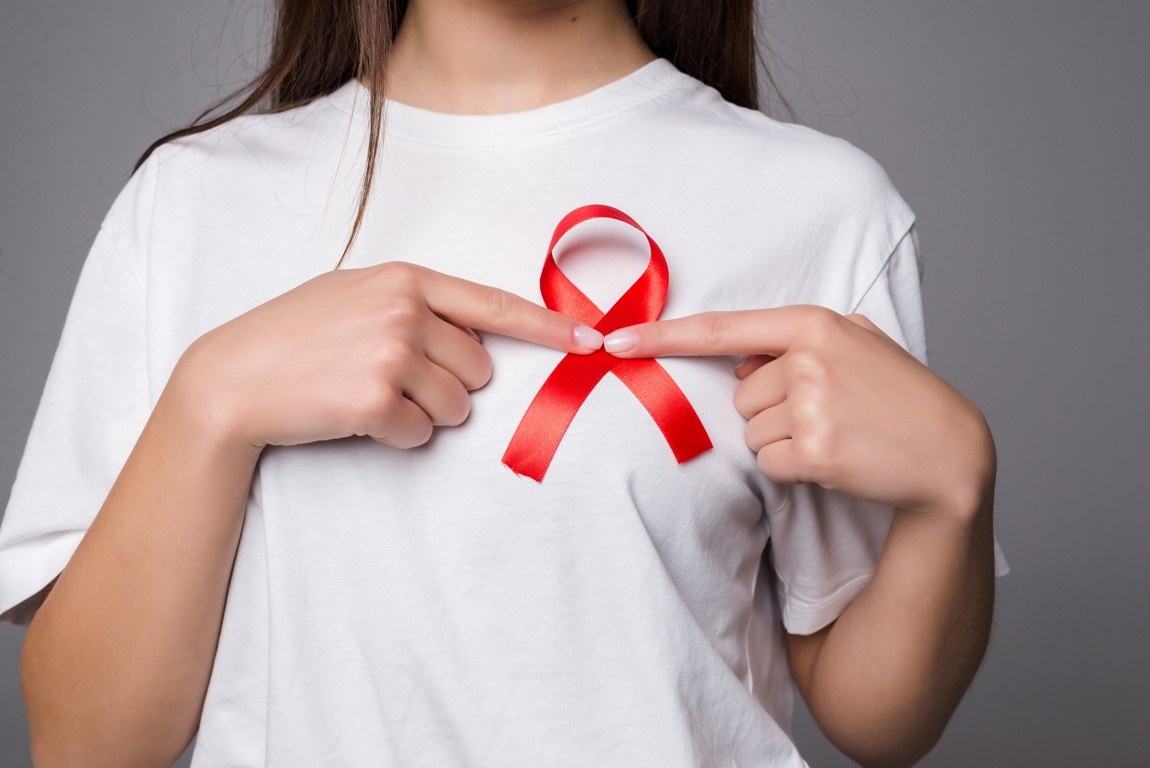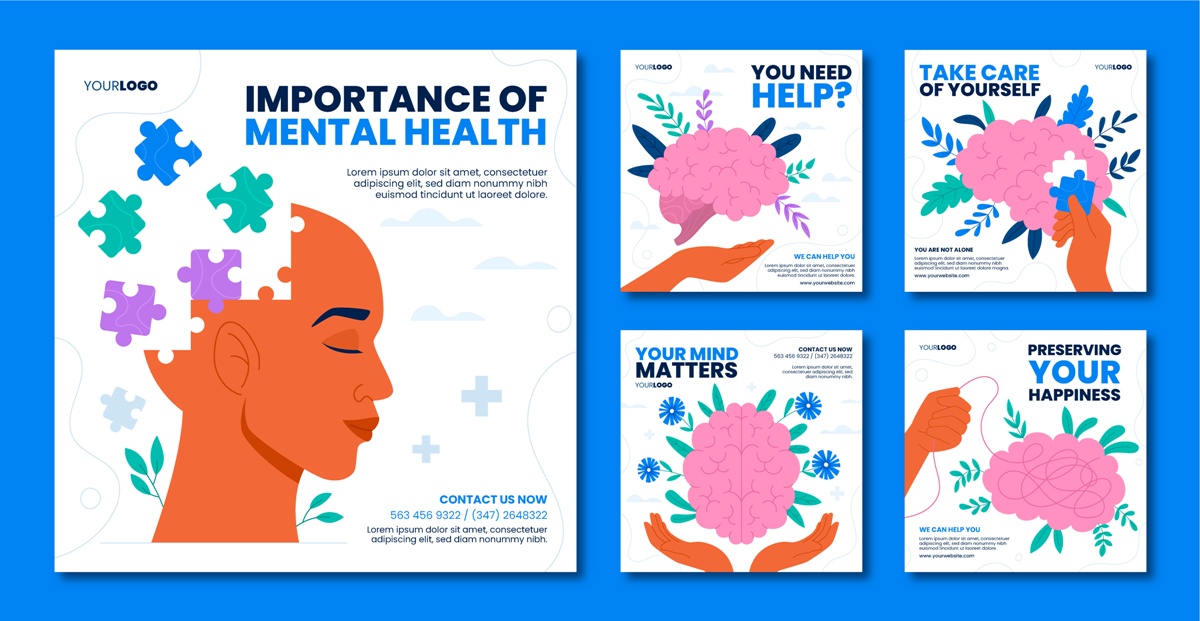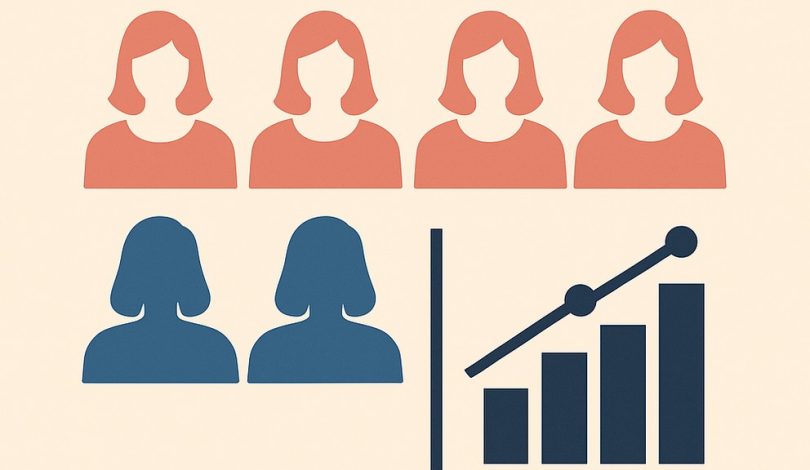Mental health awareness is a crucial aspect of modern society, aiming to destigmatize mental illnesses and promote understanding and support for those affected. Central to this movement is the symbolic use of colors, which serve as powerful tools for communication and advocacy. In this article, we delve into the significance of the color associated with mental health awareness, exploring its origins, impact, and practical applications.
Table of Contents
- Introduction
- Understanding Mental Health Awareness Ribbon
- The Color for Mental Health Awareness
- The Impact of Color on Mental Health Awareness
- Recognition and Promotion
- The Role of Color in Breaking Stigma
- Incorporating the Color in Daily Life
Key Takeaways
- Mental Health Awareness: The color associated with mental health awareness plays a vital role in destigmatizing mental illnesses and promoting support.
- Symbolism: Understanding the symbolism behind the color provides insight into its significance and impact on individuals.
- Psychological Effects: Colors have psychological effects that can influence emotions and behaviors, making them powerful tools in advocacy and support efforts.
- Practical Applications: Incorporating the color into daily life through awareness campaigns, events, and personal advocacy can contribute to a supportive environment for mental health.
Introduction
Mental health awareness has become increasingly important in contemporary society, with efforts to destigmatize mental illnesses and promote understanding and support for individuals facing such challenges. Central to these efforts is the symbolic use of colors, which serve as powerful visual cues in raising awareness and advocating for mental health issues.
Understanding Mental Health Awareness Ribbon
The mental health awareness ribbon is a symbolic representation of support and solidarity with individuals experiencing mental health challenges. It serves as a visible reminder of the importance of addressing mental health issues and promoting acceptance and understanding within communities.
The History and Origin
The use of awareness ribbons dates back to the 20th century, with the yellow ribbon becoming a symbol of support for military personnel. Over time, various colors have been adopted to represent different causes, including mental health awareness.
The Symbolism of the Ribbon
The color of the mental health awareness ribbon holds significant symbolism, representing hope, support, and solidarity with individuals struggling with mental health challenges. It serves as a visual cue to spark conversations and raise awareness about the importance of mental health.
The Evolution of Awareness Ribbons
Since its inception, the awareness ribbon has evolved to encompass a wide range of causes, including mental health. Today, it remains a powerful symbol of advocacy and support, uniting individuals and communities in the fight against stigma and discrimination.
The Color for Mental Health Awareness
The color associated with mental health awareness holds profound significance, representing a beacon of hope and support for individuals facing mental health challenges. Understanding the symbolism and impact of this color is essential in promoting awareness and fostering a supportive environment for those affected.
Introduction to the Color
The color for mental health awareness, often depicted as green, has emerged as a universal symbol of support and solidarity with individuals struggling with mental health issues. It serves as a visual reminder of the importance of addressing mental health and promoting acceptance and understanding within communities.
Symbolism and Meaning
The color green, commonly associated with nature and growth, holds profound symbolism in the context of mental health awareness. It represents renewal, hope, and vitality, reflecting the journey of individuals towards healing and recovery.
Cultural and Global Perspectives
While green is widely recognized as the color for mental health awareness in many cultures, variations exist based on regional preferences and traditions. Despite these differences, the underlying message of support and solidarity remains consistent across diverse communities.
The Impact of Color on Mental Health Awareness
Colors have a profound impact on human emotions and behaviors, influencing perceptions and attitudes towards mental health. Understanding how color affects mental health awareness can enhance advocacy efforts and promote greater understanding and acceptance within society.
Psychological Effects of Colors
The psychological effects of colors play a significant role in shaping perceptions and attitudes towards mental health. Green, with its associations with nature and tranquility, can evoke feelings of calmness and relaxation, making it an ideal choice for mental health awareness initiatives.
Association with Emotional Well-being
The color green is often associated with feelings of balance, harmony, and emotional well-being. By incorporating green into mental health awareness campaigns and initiatives, individuals can create supportive environments that promote healing and resilience.
Utilization in Therapeutic Settings
In therapeutic settings, the use of green as a predominant color can have a calming effect on individuals experiencing mental health challenges. Incorporating green elements into treatment spaces can create a sense of tranquility and promote relaxation and healing.
Recognition and Promotion
Recognition and promotion of mental health awareness initiatives are essential in raising public awareness and fostering support for individuals facing mental health challenges. Through targeted campaigns and events, communities can come together to advocate for greater understanding and acceptance of mental illness.
Mental Health Awareness Campaigns
Mental health awareness campaigns play a crucial role in educating the public about mental health issues and reducing stigma and discrimination. By utilizing the color green as a symbol of support, these campaigns can create a sense of unity and solidarity among individuals affected by mental illness.
Events and Initiatives
Various events and initiatives are organized throughout the year to promote mental health awareness and advocate for greater support and understanding. These events provide opportunities for individuals to come together, share their experiences, and promote positive mental health practices.
Importance of Visibility and Advocacy
Visibility and advocacy are essential in promoting mental health awareness and challenging societal attitudes towards mental illness. By actively supporting and participating in awareness initiatives, individuals can help break down barriers and create a more inclusive and supportive environment for those affected by mental health challenges.
The Role of Color in Breaking Stigma
One of the key challenges in addressing mental health issues is overcoming the stigma and discrimination associated with mental illness. The color associated with mental health awareness plays a crucial role in breaking down these barriers and promoting acceptance and understanding within society.
Addressing Misconceptions
Addressing misconceptions and stereotypes about mental illness is essential in challenging stigma and discrimination. By promoting the color green as a symbol of support and solidarity, individuals can help dispel myths and foster greater empathy and understanding towards those affected by mental health challenges.
Fostering Open Conversations
Open and honest conversations about mental health are essential in reducing stigma and promoting acceptance within society. By incorporating the color green into advocacy efforts, individuals can create visual cues that encourage dialogue and communication about mental health issues.
Encouraging Supportive Environments
Creating supportive environments that prioritize mental health and well-being is essential in promoting positive mental health outcomes. Communities can convey solidarity and acceptance to individuals facing mental health challenges by embracing green as a symbol.
Incorporating the Color in Daily Life
Incorporating the mental health awareness color into daily life supports visibility and aid for those facing mental health challenges. From personal advocacy to community engagement, there are various ways individuals can contribute to creating a more supportive environment for mental health.
Personal Awareness and Advocacy
Personal awareness and advocacy are essential in promoting mental health awareness and challenging stigma and discrimination. By wearing green ribbons or clothing, individuals can show their support for mental health initiatives and spark conversations about the importance of mental health.
Supportive Products and Merchandise
Supportive products and merchandise featuring the color green are available to promote mental health awareness and advocacy. From wristbands to stickers, these items serve as visible reminders of the importance of supporting individuals facing mental health challenges.
Community Engagement and Participation
Community engagement and participation in mental health awareness initiatives are crucial in promoting understanding and support within society. Communities can use green-themed events to advocate for more mental illness awareness and acceptance.

Frequently Asked Questions
What does the green ribbon stand for in mental health?
The green ribbon is a symbol of support and solidarity with individuals facing mental health challenges. It represents hope, renewal, and vitality, reflecting the journey of individuals towards healing and recovery.
Is there a specific color for mental health awareness?
Yes, the color green is commonly associated with mental health awareness. It serves as a universal symbol of support and solidarity with individuals struggling with mental health issues.
Why is green used for mental health awareness?
Green is often used for mental health awareness due to its associations with nature, growth, and renewal. It symbolizes hope, balance, and emotional well-being, making it an ideal choice for promoting mental health awareness and advocacy.
What color represents anxiety awareness?
The color teal is often associated with anxiety awareness. It represents calmness, serenity, and tranquility, serving as a symbol of support and understanding for individuals living with anxiety disorders.
How can I show support for mental health awareness?
Supporting mental health awareness includes wearing green ribbons, joining events, and having open mental health discussions.

What is the significance of wearing a mental health awareness ribbon?
Wearing a mental health awareness ribbon symbolizes support and solidarity with individuals facing mental health challenges. It helps raise awareness about the importance of addressing mental health issues and promotes acceptance and understanding within communities.
Are there different colors for different mental health conditions?
Yes, various colors are associated with different mental health conditions, each representing specific aspects of mental health awareness and advocacy. For example, purple is often used for suicide prevention awareness, while orange is associated with ADHD awareness.
How do colors affect mental health awareness campaigns?
Colors play a significant role in shaping perceptions and attitudes towards mental health awareness campaigns. By choosing colors that evoke positive emotions and associations, such as green for mental health awareness, campaigns can effectively convey their message and engage the audience.






